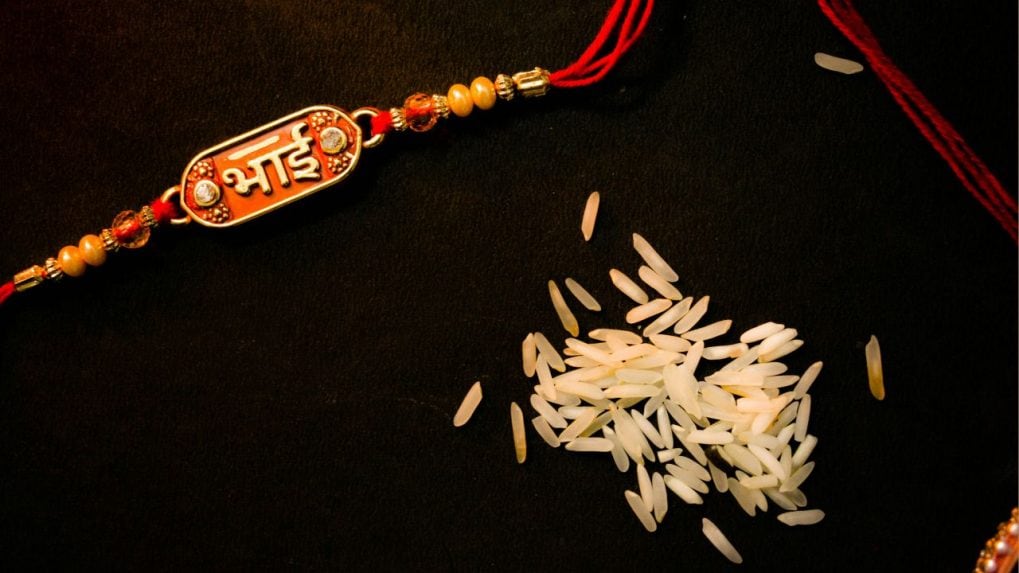India’s top gifting platforms eye 2–3X Rakhi sales surge, ramp up ad spends to capture over 3 crore orders
IGP, FNP, and FlowerAura expect record festive demand with 15–120% rise in orders; gifting startups ride personalisation wave despite funding slowdown.
ADVERTISEMENT
India’s online gifting industry is gearing up for one of its most lucrative festive seasons yet, with leading players IGP, FNP, and FlowerAura projecting unprecedented sales and user growth during Raksha Bandhan 2025. Backed by sharper ad strategies, hyperlocal activations, and high-value brand collaborations, these platforms expect a double to triple spike in certain categories, despite a funding crunch that has slowed overall sector expansion.
IGP is anticipating a 3X jump in sales for some segments, driven largely by premium hampers, personalised gifting, and early traction from international customers.
“We expect to serve over 15 lakh customers across 150+ countries this Rakhi, with two-thirds of orders coming from returning buyers,” said Tarun Joshi, Founder & CEO. Metro cities such as Delhi NCR, Bengaluru, Mumbai, Hyderabad, and Pune remain strongholds, but Tier 2 and Tier 3 cities are increasingly leaning towards premium gifting. Overseas demand is being led by the US, followed by Canada, Australia, the UK, and the Middle East.
While keeping overall ad spends flat compared to last year, IGP has optimised for 30% more customer acquisition through high-impact channels like Meta and Google, supported by celebrity influencers and regional content creators. Innovative moves such as deploying five-foot-tall moving gift bags across Mumbai and zero-cost brand tie-ups with CaratLane, Libas, and Envi Salon have extended reach without ballooning budgets.
FNP (Ferns N Petals), one of India’s most recognisable gifting names, expects a 50% increase in Rakhi sales over 2024, delivering across 500+ cities in India and over 100 countries.
“Nearly 70% of our Rakhi orders come from repeat customers, which speaks volumes about the loyalty we’ve built,” said Avi Kumar, CMO. The company has increased its advertising budget by 15% this year, balancing performance-driven digital campaigns with offline activations to strengthen brand presence both domestically and internationally.
FlowerAura is forecasting 2.2X sales growth compared to last year, with a 120% surge in order volume.
The company is also expecting to double its new user base while maintaining a 70% repeat rate, especially from international markets. Tier 2 and Tier 3 cities are contributing most of the domestic growth, while overseas demand is strong from the US, Canada, UK, Australia, and UAE.
The Rakhi boom comes against the backdrop of a sharp slowdown in sector funding.
According to Tracxn’s latest Gifting Platforms Wrap Report, Indian gifting startups have raised $115.9 million between 2015 and 2025 YTD, with $159.4 million in total lifetime funding. This year, Indigifts was the only Indian player to secure fresh capital—just $57,600 from OYO’s Ritesh Agarwal and Sugar Cosmetics’ Vineeta Singh—compared to $1.3 million in 2024 and $63.9 million in the 2022 peak year. Globally, gifting startups have raised $66.2 million so far in 2025, far below the $218 million in 2023 and $559 million during the 2021 high.
India’s leading funded players include Xoxoday ($30.6 million), FNP ($26.1 million), ZoomIn ($21 million), Bakingo and FlowerAura (each $16 million), and eYantra ($10.9 million), with most now focusing on profitability, personalisation technology, and enterprise gifting.
Read more:Corporate gifting booms: Brands shift toward personalization, sustainability, premium experiences
Despite reduced investor interest, consumer appetite for curated, personalised gifting remains robust. Platforms are responding by tightening acquisition costs, leaning on creative brand partnerships, and expanding internationally to tap the emotional value of festivals like Rakhi for both domestic and diaspora audiences.
With three of India’s largest digital gifting platforms collectively targeting over 3 crore Rakhi orders this season, the sector’s growth story appears intact—even if capital flows have slowed. As Neha Singh, Co-Founder of Tracxn, puts it: “India has built a strong base of resilient, founder-led businesses redefining digital-first gifting. The opportunity now lies in deepening consumer engagement, not just chasing scale.”

